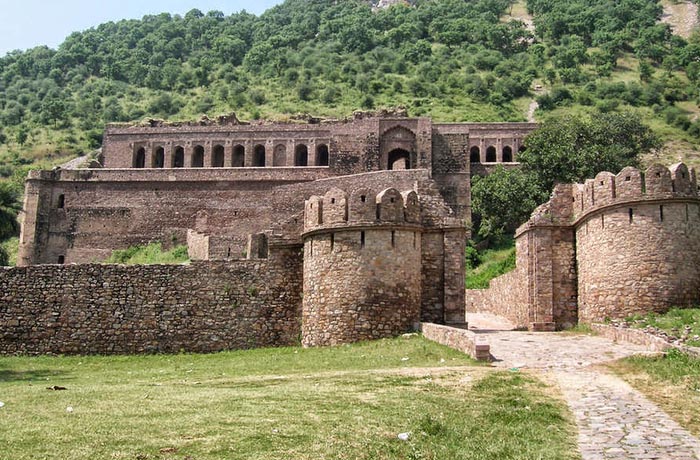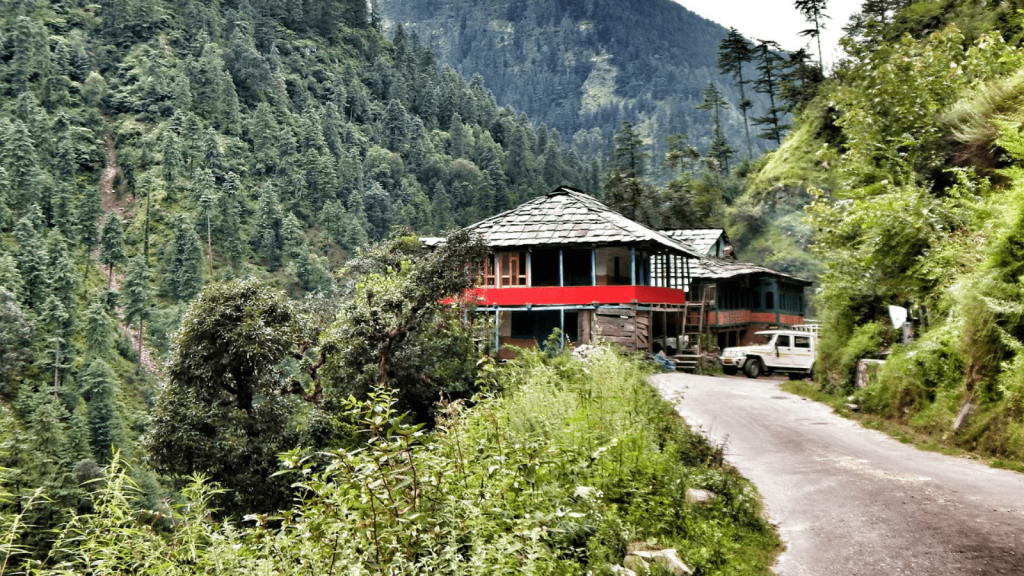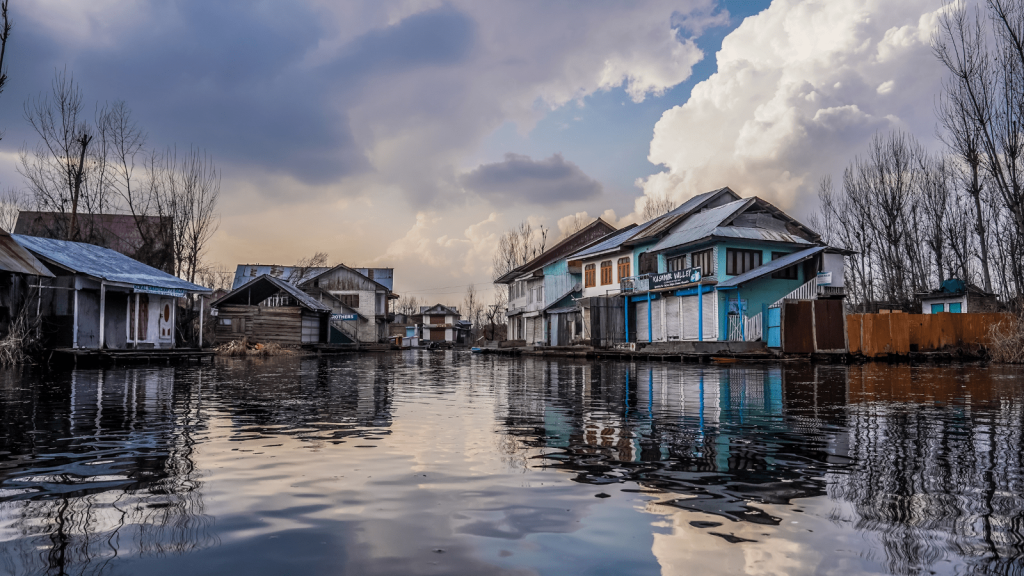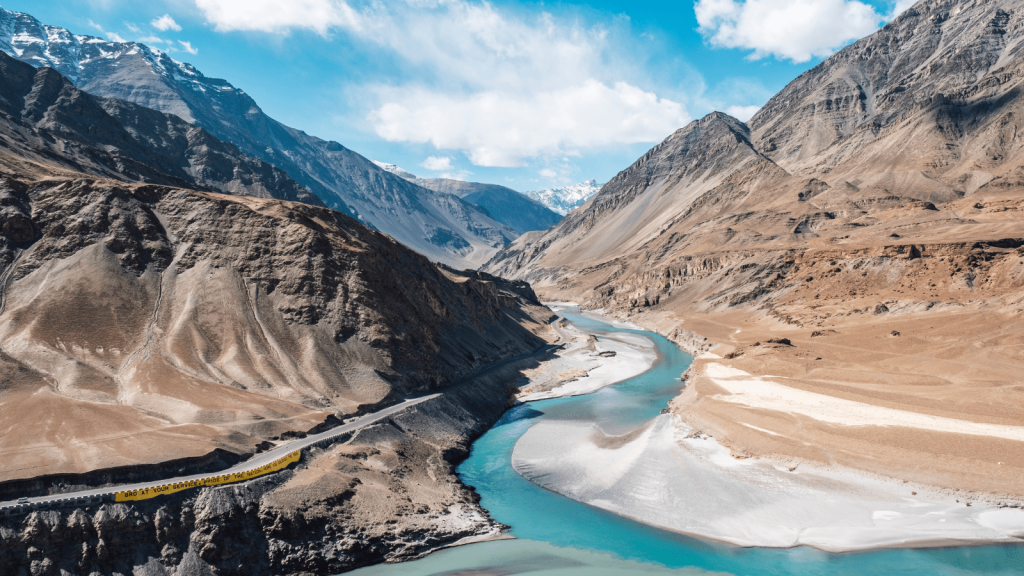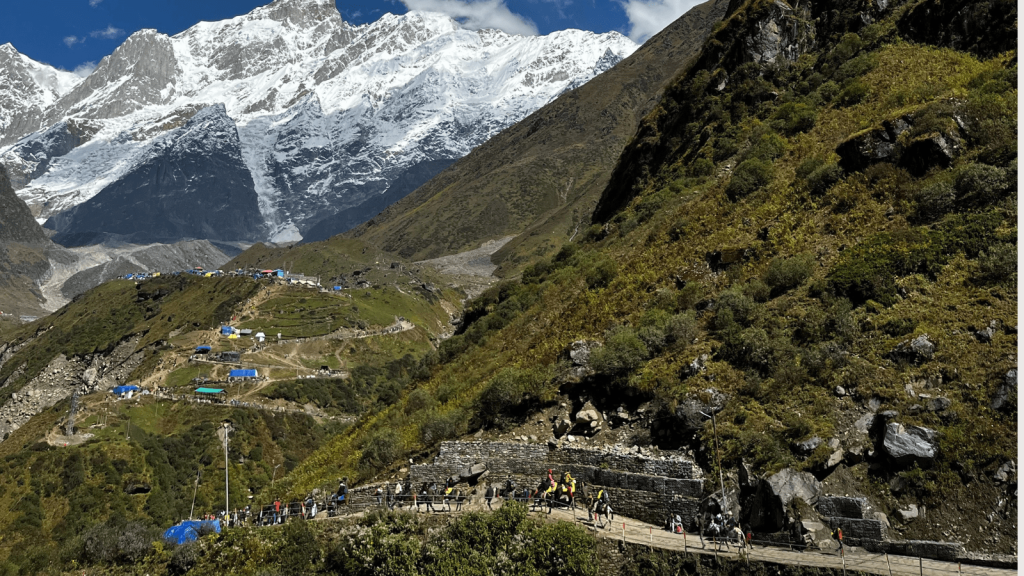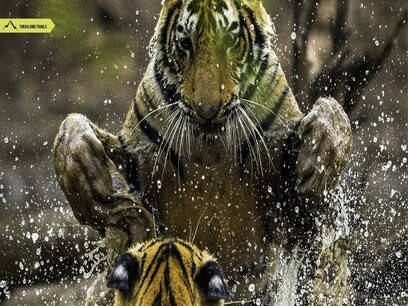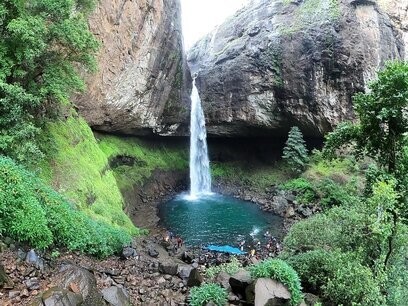Discovering the Historical Significance of Bandhavgarh National Park
Bandhavgarh National Park is one of India's most visited and well-known protected areas. A 105-square-kilometer area in Madhya Pradesh's Umaria district, it's notable for its ancient fort, unique flora and fauna, and historical significance. The park is home to a wide range of wildlife, including tigers, leopards, sloth bears, deer, and a plethora of different bird species, but it is perhaps most well-known for its exceptionally high tiger population.
Many historical factors provide Bandhavgarh National Park its worth. It has been a significant cultural and religious landmark for many years, and the park's history stretches back to prehistoric times.
Evidence from excavations suggests that people have lived in the Bandhavgarh area for at least two thousand years. Several notable dynasties, such as the Mauryans, the Kalingas, the Satvahanas, and the Chandelas, all had a hand in governing the area at one point or another. From the 10th and 13th centuries, the Chandelas dominated this area, and it was during their reign that many of the region's temples and forts were constructed.
Inside the boundaries of the national park stands the Bandhavgarh Fort, whose age is estimated to be well over two thousand years. The fort has been ruled by numerous dynasties over the course of its long history. During the Mughal era, it served as a vital fortress in the conflicts between the Mughals and the Bundelas.
Tourists have flocked to the area ever since it was designated a national park back in 1968. Visitors may now enjoy the park's natural beauty and fauna while also exploring the park's old fort and temples. Bandhavgarh National Park is a living monument to the region's illustrious past, and it continues to draw tourists from all over the world who are curious about its history.
Beyond Tigers: Discovering the Biodiversity of Bandhavgarh's Ecosystem
Bandhavgarh Fort and Its History
Bandhavgarh National Park is home to the ancient Bandhavgarh Fort, which has been ruled by various dynasties for centuries, including the Varmas, Maghas, Vakatakas, Sengars, and Baghelles, before being vacated in 1935 when the capital was moved to Rewa.
Flora and Fauna in Bandhavgarh National Park
The park's forests are classified as moist deciduous and are home to various animal species, including chinkara and nilgai in the drier regions, sal forests in the valleys, mixed forests on the upper hills, and meadow patches with grass on rocky outcrops in the south and west.
Wildlife Viewing Options
Visitors can view the wildlife through jeep safaris or elephant rides, with the best times being between 6 a.m. and 10 a.m. and from 4 p.m. until dark. A Forest Service guide is mandatory and can point out animals and guide visitors through the park. Tiger sightings can also be arranged from lodges or nearby points accessible by jeep.
Abundant Bird Life in Bandhavgarh
Bandhavgarh National Park boasts a rich birdlife and over 22 mammal species, including the Cornish langur, Rhesus macaque, Asiatic jackals, Bengal foxes, sloth bears, ratels, grey wolves, mongoose, tiger, spotted hyena, jungle cat, hopard, wild pigs, spotted deer, sambar, chausingha, nilgai, chinkara, dhole, gnall, palm squirrels, and smaller bandicoot rats. Sentence length: 56.7% of the sentences contain more than 20 words, which is more than the recommended maximum of 25%. Try to shorten the sentences.
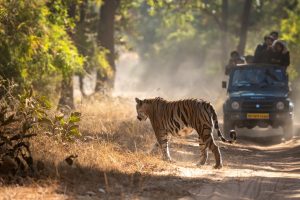
How to Reach
By air: The nearest airport is located in Jabalpur, which is 190 km away from Bandhavgarh. Alternatively, visitors can fly into Khajuraho, which is 237 km away, and then take a five-hour drive via Panna, Satna, and across stretches of the Vindhyachal.
By rail: The nearest railway stations to Bandhavgarh are Jabalpur (190 km), Katni (102 km), and Satna (120 km) on the Central Railway, as well as Urnaria (35 km) on the South Eastern Railway.
By road: State and private transport buses operate between Katni and Umaria, as well as between Satna and Rewa to Tala (Bandhavgarh). Taxis are also available at Satna, Jabalpur, Katni, Urnaria, and Khajuraho.
The best time to visit Bandhavgarh is from November to June, as the park is closed from 1 May to 15 October due to rains.

